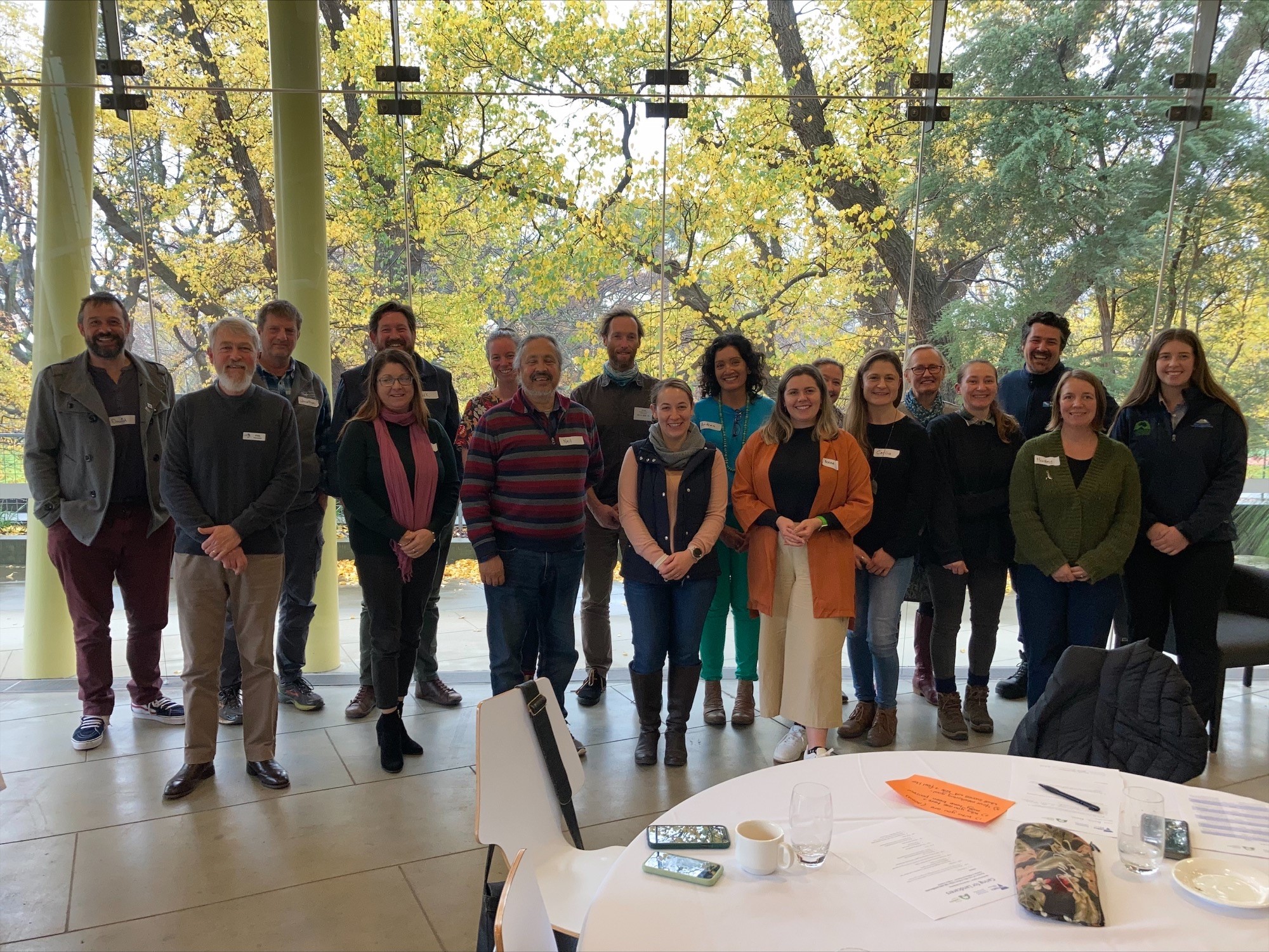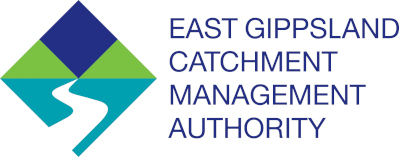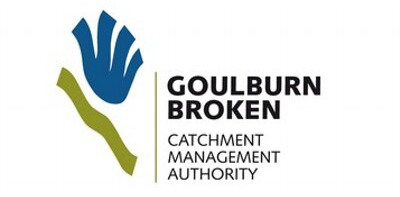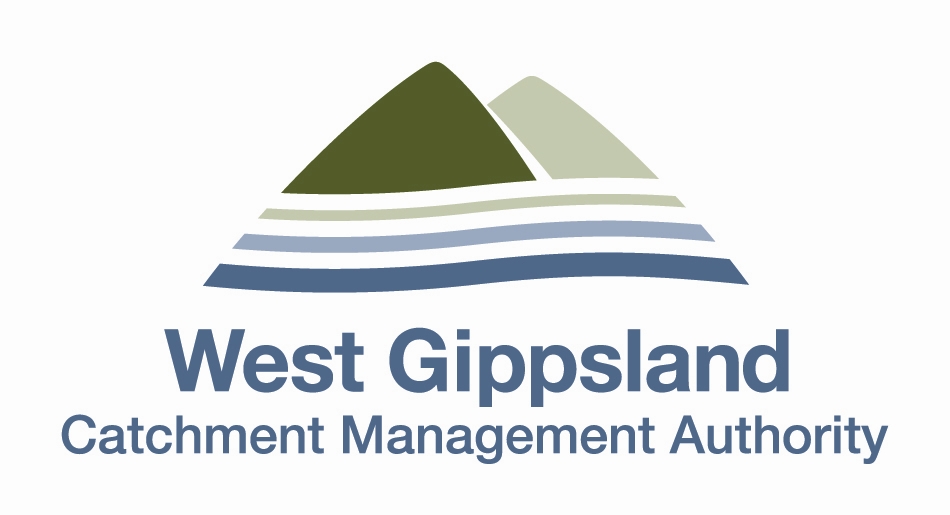Caring for Landcarers
Location
Melbourne
Outputs
Event
- Caring for Landcarers – 14
- Caring for Landcarers Aboriginal Tour, Royal Botanic Gardens – 14
Training
- Get More Time, Les Watson – 14
- Empowering Volunteers – 6
Investment
$15,000 – State Landcare Team
$6,000 – OCOC Regional Leadership
Partners
Victorian Landcare Team, Melbourne Water
Regional strategies
Victorian Landcare Plan, Victorians
Volunteering for Nature, Biodiversity 2037
Landcare Facilitators are central to the delivery of community natural resource management initiatives throughout the state. However, the role is inherently isolated with few formal peer networks for working facilitators who support a range of volunteer groups. The State Landcare team had long sought to establish a mentoring program. In 2022 the pilot of Caring for Landcarers – a statewide mentoring program for emerging Landcare Facilitators was launched.
The program was launched to support an influx of new Landcare Facilitators who had come into their roles during or proceeding the Covid-19 pandemic. The challenging dynamic brought about by the pandemic had been identified by Regional Landcare Coordinators as a real barrier for inexperienced facilitators trying to come to grips with the Landcare Facilitator role. Opportunities to build connection and rapport with peers and group members had been greatly reduced making the roles’ more isolating.
Regional Landcare Coordinators from Melbourne Water and East Gippsland CMA approached NRM professional Dr Tamara Boyd to deliver a mentoring program following a State Landcare Team commitment to support the pilot. Melbourne Water also committed additional funding from Our Catchments, Our Communities Regional Leadership Development to support venue hire, catering, Traditional Owner Engagement and further independent training to support delivery of the six-month program.
The Caring for Landcarers was launched with an in-person session held at the Melbourne Museum in May 2022 and paired ten mentors, predominantly current or former Landcare professionals with ten newcomers to the field. The pairings were generally inter-CMA region made commitments to meet in-person and/or by online meetings.
The trial was a reminder of the collaborative assets inherent in Landcare. The new Landcare Facilitator cohort was given an insight into the various approaches that can be effective in delivery of community NRM outcomes and instilled the and affirmations of
their skills and ways of working.
An uplifting final event including an indigenous tour was held in November 2022 at the Royal Botanic Gardens where participants shared personal insights in how valuable their parings had been.
In 2023 following a report delivered by the program DEECA again committed to the Caring for Landcarers concept, each CMA contributing $2,000 to delivery.

Participants final session. Image Barry Kennedy









